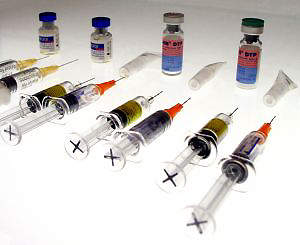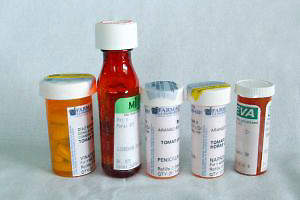Pfizer’s Sandwich site is the company’s European R&D headquarters and global manufacturing hub. Located in south-east Kent, UK, the site began research activities in 1957 with a small team of six scientists. Over the years it has expanded to an employee base of more than 3,500.
The site carries out some of Pfizer’s most important functions including drug metabolism, pharmaceutical sciences, animal health and evaluation of drug safety. Development of many of Pfizer’s important drugs has taken place at the site.
The Sandwich site has been ranked ‘excellent’ under the Building Research Establishment Environment Assessment Method (BREEAM) scheme, which reviews the environmental performance of buildings.
The surrounding area of the Sandwich site has also been awarded for its superior landscape design.
In February 2011, Pfizer announced its decision to exit from the Sandwich research site. The site will be closed within the next two years, resulting in 2,400 job losses. The announcement was made as part of a global R&D restructuring programme, which aims to generate savings of up to $1.5bn by the end of 2012.
Pfizer Sandwich facility capabilities
The facility sits over a 390-acre site. About 2.2 million ft² of space is devoted to the R&D laboratory, which employs more than 2,700 scientists. Nearly 900 members of staff were accommodated in the manufacturing area when it was operational.
The site is equipped with a new building and environment management system (BEMS). It is controlled by fibre optic technology, which resists power failure, interference of electromagnets and lighting flows.
The BEMS controls environmental factors that impact the production of drugs, including laboratory temperature, air pressure and humidity.
It operates on a 2,500m fibre optic backbone that uses 43 Raytheon-made control-by-light routers. The backbone also controls automated functions including security and access control with LonWorks.
The solvent handling facility at the site is equipped with a Delta V automation system. The system provides accurate data in real time in conjunction with intelligent field devices and digital communication.
The site’s research and development laboratory is installed with a sample information management system. During the process of development, the system enables tracking, scheduling and reporting of the information generated.
Research centre and pharmaceutical output
The Sandwich site is the research centre for four main therapeutic areas. These includes pain, allergy and respiratory, antivirals for infectious diseases, genitourinary and hepatology. Drugs for gastrointestinal and liver fibrosis are also produced at Sandwich. The site is also the hub for Pfizer’s global vaccine network.
The site develops several of Pfizer’s flagship drugs. The first oral class drug for the treatment of HIV, Celsentri (maraviroc) was developed at Sandwich. Other drugs manufactured include Revatio (sildenafil) for treating pulmonary arterial hypertension; Diflucan and Vfend (voriconazole), two antifungal, life-saving drugs; Istin and Cardura, for cardiovascular disease treatment; and Viagra, which treats erectile dysfunction.
The site is equipped with advanced technologies including discovery high-throughput screening (HTS), inhalation, device development, absorption, distribution, metabolism, excretion and toxicity (ADME) screening, and safety pharmacology.
The discovery HTS enables research scientists to obtain a number of key insights and target compounds to work on for the development of new drugs. In combination with HTS ADME screening, the technology allows Sandwich technicians to run screens and upload key data on the global database that can be accessed by all research teams equally.
Sandwich site closures and expansion
The manufacturing arm of the Sandwich site was closed in September 2007. The largest division of Pfizer, the facility developed active pharmaceutical ingredients for animal and human drugs. Its closure resulted in the loss of more than 400 jobs.
The site has undergone several expansions amounting to over ₤1bn. In 2001, approximately ₤361m was invested to construct new buildings including new laboratories. An additional ₤550m (almost ₤10m per week) was spent in 2006 to carry out further restructuring at the site.










